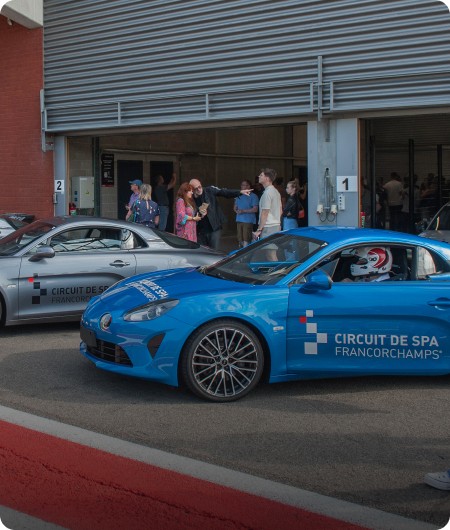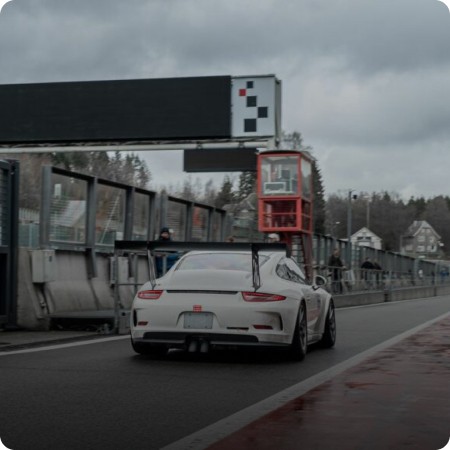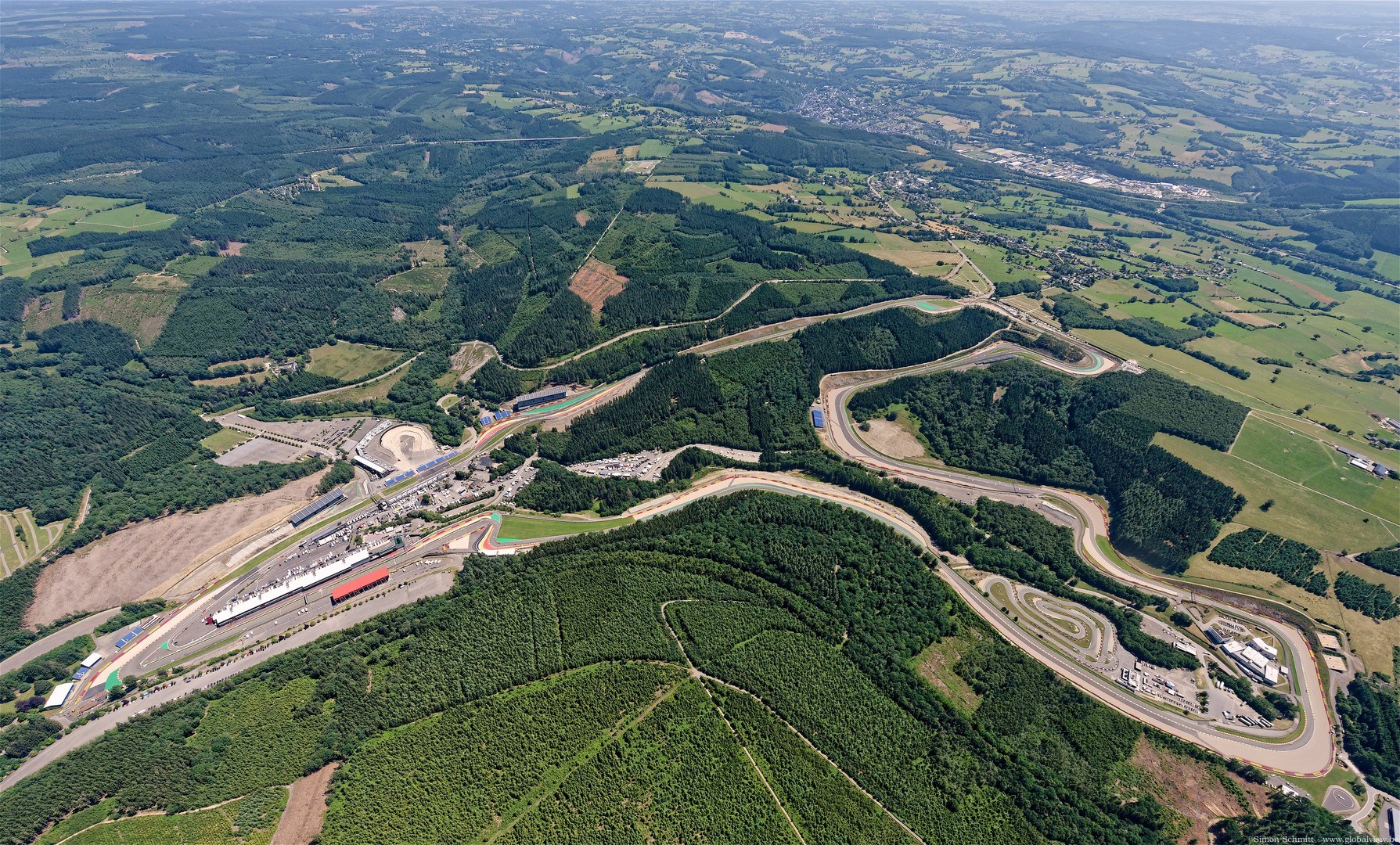
A commitment to the future
The Circuit of Spa-Francorchamps is distinguished by its unique track located at the heart of a natural green environment in the Belgian Ardennes.
The Circuit is currently enshrined in two distinct projects as part of its approach in line with its corporate social responsibility. On one hand, it concerns an FIA environmental-accreditation programme that is structured around the ISO 14001 standard and priority thematic areas for motorsport stakeholders, such as energy use, water consumption, waste management, and issues related to ground and water pollution, mobility, biodiversity, noise-emission management, etc. The Circuit has been three-star certified since March 2024, the highest level currently in force.
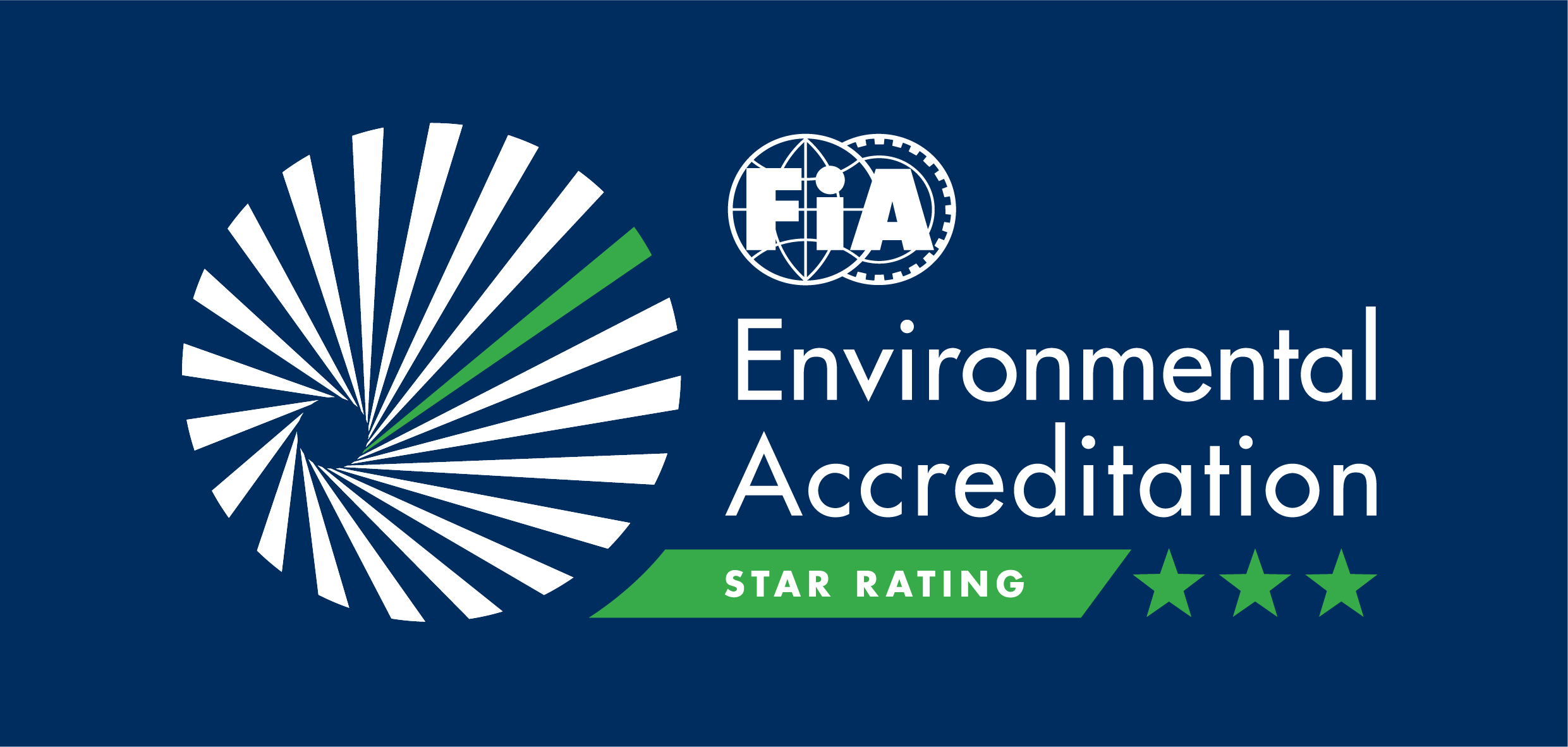
On the other hand, the Circuit is also committed to “certification as a sustainable enterprise” from the Chamber of Commerce and Industry (CCI) of Wallonia. This programme is structured around the 17 Sustainable Development Goals (SDGs) by the United Nations. This consists, in particular, of the implementation of an annual action plan with a dozen or so measures, validated by a committee of independent experts. This certification is spread over three years and when successfully completed, a certificate in sustainable entrepreneurship will be awarded, delivered by UNITAR, the UN agency for sustainable development.
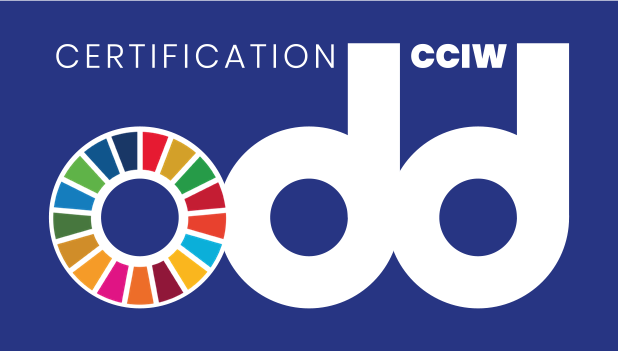
On 29 March 2024, the CEO and Chair of the Board of Directors of the Circuit of Spa-Francorchamps present the 2024-2028 Strategy entitled a “Circuit, creator of values”.
This new five-year strategy is intimately linked with the Sustainable Development Goals (SDGs) of the United Nations and thus defines the outlines of the Circuit’s sustainability policy.
The SDGs are encountered nearly 80 times, through the course of the 2024-2028 Strategy. The following are the Circuit’s priority SDGs:
In concrete terms, the Circuit aims to:
- Construct a park of photovoltaic panels;
- Renovate or construct various buildings (offices, workshop, reception areas, sanitary facilities, etc.) so as to improve comfort and environmental performance;
- Fully assess the Circuit’s economic benefits;
- In collaboration with a specialised entity, analyse the biological quality of various listed green spaces and put in place a management plan so that the biodiversity present on the Circuit’s site can be improved;
- Diversify its activities and, in particular, welcome events around the course on foot and on bicycles;
- Allow more schools and disadvantaged or vulnerable people to discover the Circuit;
- Organise a day exclusively dedicated to the residents of the two municipalities where the Circuit is located, namely Stavelot and Malmedy;
- Strengthen internal governance mechanisms.
Useful links
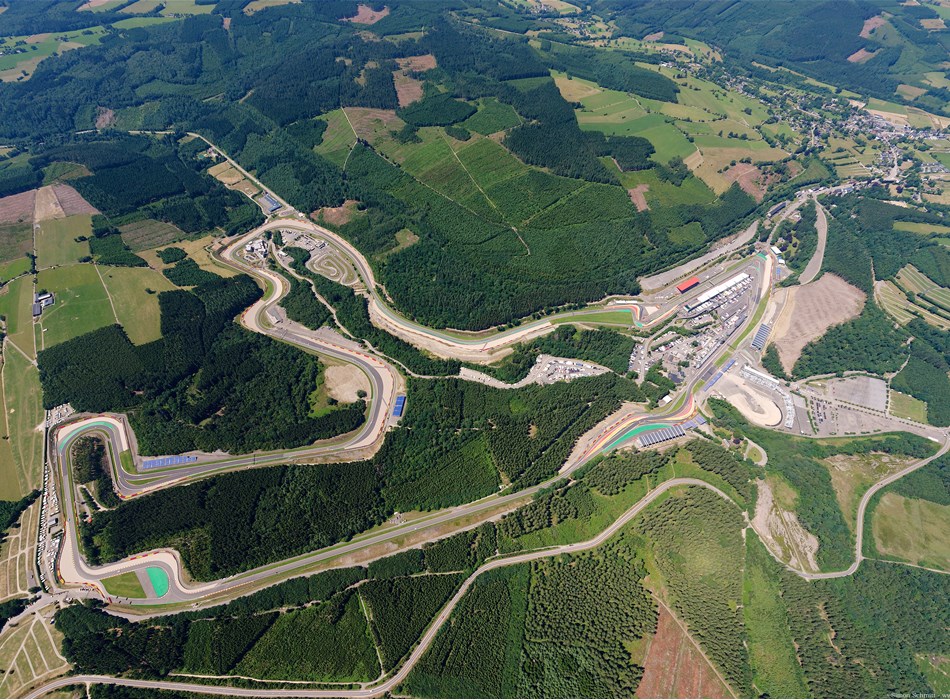
Sustainability policy of the Circuit
Conscious of its social responsibility, the Circuit of Spa-Francorchamps SA, an enterprise active in the management and operation of a motorsports circuit, and with numerous related infrastructures, demonstrates its firm commitment in favour of the sustainable development of its activities and is fully in line with the sustainable development goals (SDGs) of the United Nations.
The Circuit of Spa-Francorchamps is a major economic magnet contributing to the prestige and the attractiveness of Wallonia and Belgium both nationally and internationally.
The Circuit of Spa-Francorchamps has the goal of bringing added economic, social, and environmental value to its immediate surroundings but also to put forward a unique offer of entertainment and to establish itself as the central player in a true ecosystem.
In order to attain these goals, we undertake to:
- Measure, monitor and reduce the environmental impact of our activities beyond our legal obligations and those prescribed by our operating licence;
- Reduce our consumption of energy and produce our own energy;
- Develop a modern and resilient infrastructure;
- Work towards local economic and social development;
- Improve the sorting of waste and reduce the quantity of waste produced;
- Scrupulously monitor and respect the noise emissions standards as set out in our operating licence;
- Protect the natural environment of the Circuit and promote biodiversity;
- Include and respect our stakeholder parties;
- Improve internal and external communication so that all our stakeholder parties are included in our sustainability policy;
- Support innovation in motorsports and mobility in a general way;
- Open the Circuit up to local communities by involving them in the projects developed by, and/or starting from the Circuit of Spa-Francorchamps.
We are committed to continually improving our environmental-management system in the context of the environmental management put in place at the heart of the Circuit of Spa-Francorchamps.
To put this policy into practice and to attain our goals, as the CEO of the Circuit of Spa-Francorchamps, I count on the active mobilisation and participation of every member of staff of the Circuit of Spa-Francorchamps as well as all our stakeholders.
Amaury BERTHOLOME, CEO - December 2023
Some examples of concrete actions already implemented:
- The Circuit’s wish is to monitor closely the various consumptions (electricity, heating, water, etc.) so there can be maximum reductions. Thus, the Circuit has a scope 1, scope 2 and scope 3 carbon-balance report available. Numerous measures with considerable impact have been taken in order to reduce energy consumption:
- The new Raidillon and Endurance grandstands were built in accordance with very high- performing energy standards. Their average heat loss coefficient is respectively 0.34 W/m².K and 0.36 W/m².K. They are also equipped with heat pumps and fitted exclusively with LED lighting;
- Practically the entire site and buildings are now equipped with LED lighting. In addition, presence sensors have been installed at various walkways or transition areas;
- Buildings or rooms not being used at the end of season are prepared for over-wintering;
- The Circuit’s customers are aware of the sustainable use of energy and protection of the environment. The contracts also provide for penalties in the event that environmental measures are not being respected or where there is flagrant over-consumption of resources.
- Since the start of the 2024 season, a brand new mechanism for sorting waste has been put in place on the entire site. Broadly speaking, 4 distinct bins will be used to collect the 4 largest waste streams: PMC, paper/cardboard, bio-waste and biodegradable waste. Additionally, there are containers for used motor oil available near the pits and in the paddocks. Also, bottle banks, containers for metal, wood, etc. are available at various strategic points. This arrangement is accompanied by clear signage and articulated by easily-understandable logo or colour coding for all customers, service providers and spectators present at the Circuit. All waste streams are subsequently picked up by collectors that are authorised by the Wallonia Region and are subject to recovery when the type of waste permits this.
- The management of noise emissions is a major issue for the Circuit of Spa-Francorchamps. On the days when there are limits on noise emissions, a static monitoring is carried out on a vehicle’s noise emission before it can go on to the track. Furthermore, noise emissions originating from the Circuit are monitored by Class 1 sonometers on the Circuit itself at the F1 starting line level and at two specific places at the neighbourhood level: one at Francorchamps and the other at Burnenville. These three sonometers allow the activity on track to be precisely correlated with the levels measured by the two permanent stations located in the neighbouring villages. Monitoring and analysis of the noise readings is carried out by ATS (http://www.ats-acoustique.be/fr/), an independent research agency certified by the Wallonia Region. The noise readings are available on the website francorchamps-acoustiques.be. Any vehicle that does not respect the authorised noise ceilings , whether this follows static monitoring or movement on the track, will be prohibited from being driven. Finally, an assessment report on the noise impact of activities is drawn up annually by the Circuit.
- The Circuit of Spa-Francorchamps is keen on working with the local communities. While fully respecting the legislation in regards to procurement contracts, over 80% of the Circuit’s service providers are located in the Wallonia Region. The Circuit also works with adapted work enterprises (Belgium “ETA”), with local associations, and with schools in the region in order to get them to learn about the Circuit and the occupations that are associated with it, particularly in collaboration with the Centre of Competence Technifutur, etc.
- For several years now, the Circuit has invested heavily in its infrastructure in order to significantly improve drainage, installing oil separators, inerting wells, channelling some stretches of watercourses present on the site, etc.
- With a view to diversification of the activities offered and upgrading of the Circuit’s natural heritage, a walk called the “Circuitsp’Adventure” was inaugurated in 2023. Located at the heart of the Circuit, it is accessible to everyone, and offers sports modules and games for children. This walk borders the Eau Rouge stream and has various descriptive signs on the flora and fauna present on the Circuit. The Centenary walk also offers visitors the chance to walk the entirety of the circuit site and learn about its history thanks to nine giant helmets scattered over the site. Panels with QR codes allow the development in each decade to be followed, one after another, since creation of the Circuit in 1921. Finally, as a major player in motorsports, the Circuit of Spa-Francorchamps co-operates closely with the H24 mission that aims to create a category dedicated to prototype hydrogen vehicles at the World Endurance Championship (WEC) – on the horizon in 2026. During the 2023 WEC, the electric-hydrogen prototype did several laps of the circuit before the official start of the race and was also exhibited to spectators within a recreational and educational village dedicated to hydrogen.
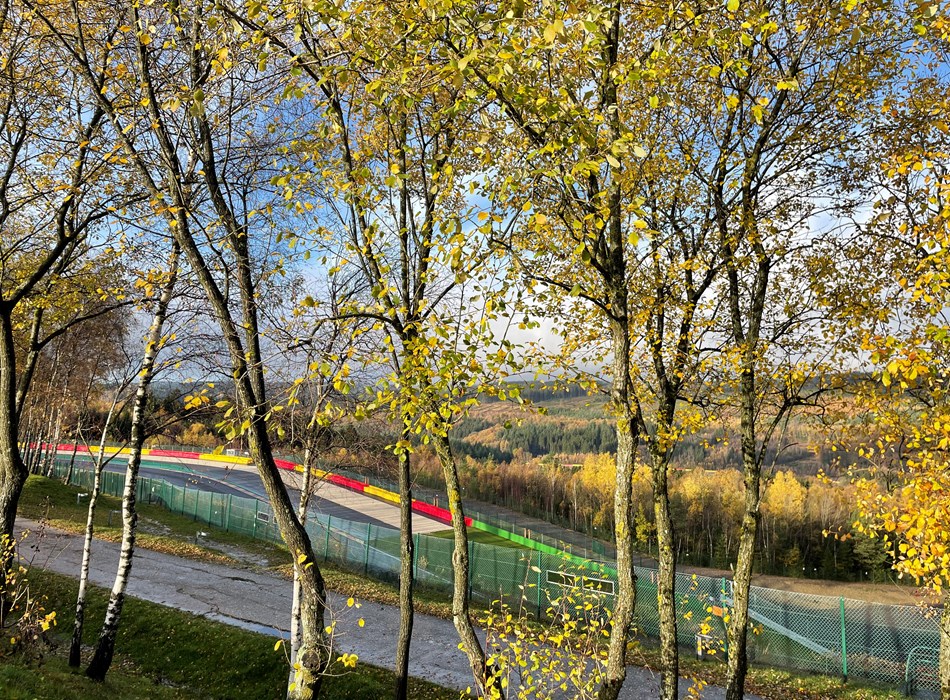
The economic benefits of the Circuit of Spa-Francorchamps in 2023
As part of its 2024-2028 Strategy, Axis 4 entitled “A circuit anchored in its environment” foresaw anticipated theeconomic benefits of the Circuit of Spa-Francorchamps being objectified.
The Circuit’s economic benefits have not been objectified since the year 2005. Activities both on and off track have evolved considerably since then, so objectification of the direct and indirect economic benefits of the Circuit on the Region and the country becomes indispensable .
The Circuit of Spa-Francorchamps (CSF) offers activities throughout the year, whether these are B2B or B2C, sporting, tourist and/or event-based. These activities make the Circuit a vital economic engine for the region and a hub for a whole variety of sectors: Horeca, event-based, catering, logistics, security, cleaning, construction, etc. but also for more diverse local associations (parking, camping, manufacture of tyre blocks) or the local people (leasing of land, holiday cottages, Airbnb, etc.).
Following on from a procurement contract, awarded to Eklo last February, an economic study was carried out. Eklo worked in collaboration with the University of Liège SEGEFA lab (basic and applied Geographical studies service), that carries out economic feasibility studies, the HEC-Consulting Group and Professeur Didier Van Caillie of HEC-Uliège. It was carried out over the entire year of 2023.
The aims of the study were the following:
- Assessment of the direct socio-economic benefits generated by the CSF and the organisers through their own personnel;
- Assessment of the indirect socio-economic benefits generated by the CSF through relationships with their suppliers;
- Assessment of the induced socio-economic benefits generated through attendance at Circuit activities and that correspond to associated expenses (accommodation, food service costs, various purchases, etc.) by spectators, participants and professionals during their time at the Circuit ;
- Completion of the overall balance sheet for the socio-economic benefits brought about by CSF over the course of the entire year.
- Assessment of the fiscal impacts linked to the Circuit’s activities at municipal and federal level.
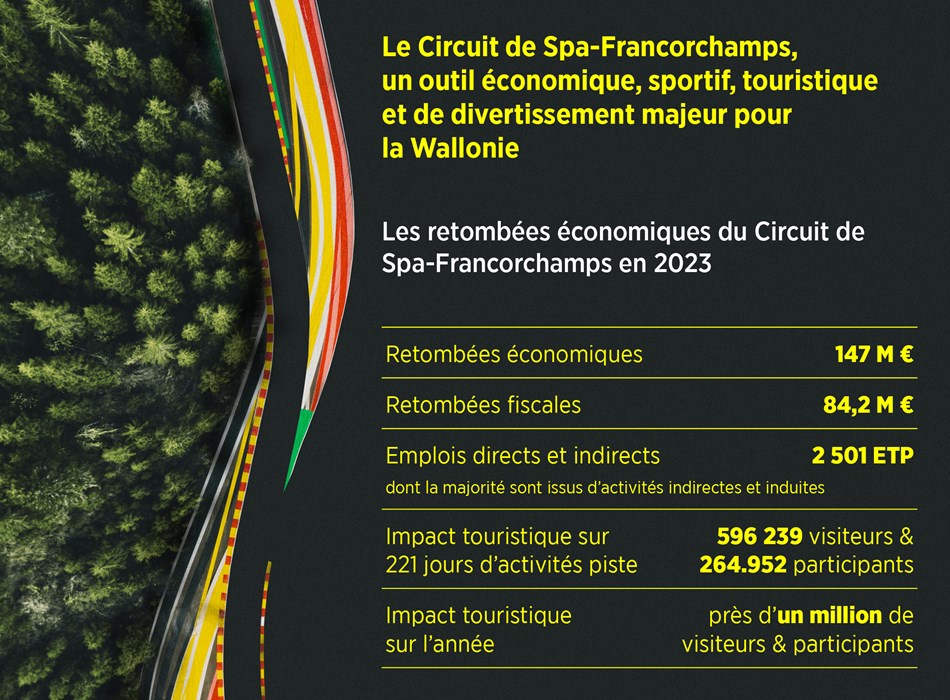

Plan your visit
discovering...

